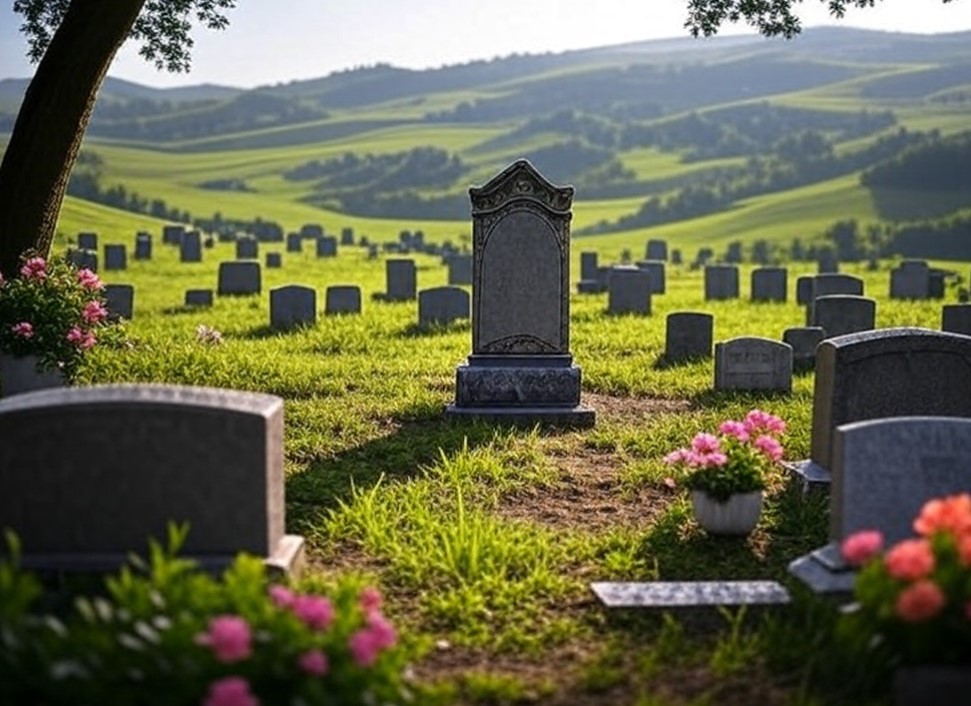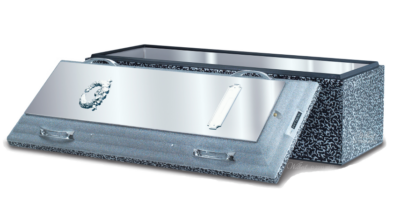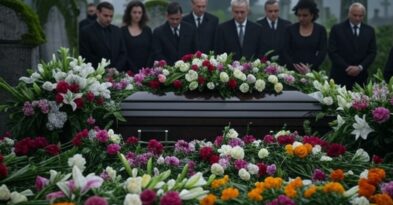Demystifying Funeral Concepts: Disposition
One of the key decisions a family needs to make is to determine the manner and place of disposition for their loved one’s remains. Whether it’s burial, cremation, or another alternative (such as soil transformation), the final resting place carries deep emotional, cultural, and practical implications. Let’s explore this concept in more detail to understand why this decision is so important, and how it shapes the grieving process.
As you might guess, the two most common options are burial and cremation. A full-body burial involves placing the deceased in a casket and interring the casket in a cemetery. For cremation, the deceased’s cremated remains can be kept in an urn, scattered, or kept in various memorialization options that are becoming increasingly available. Alternatives like green burials, which use biodegradable materials and avoid embalming, are also gaining popularity for their environmental benefits.
A family who chooses burial might find comfort in having a physical gravesite to visit, offering a permanent connection to their loved one. On the other hand, cremation can be seen as a more flexible option since cremated remains can be scattered in a meaningful location or even kept in one or multiple keepsake urns.
Many people have strong feelings about their final disposition, often rooted in cultural, religious, or personal beliefs. For example, some religions call for burial within a specific timeframe, while others encourage cremation as a spiritual release of the soul. If someone expresses a desire to be buried in a family plot or to be scattered at sea, following through on those intentions can be important in respecting their wishes.
From a practical standpoint, deciding on disposition helps streamline the funeral planning process. Different methods and locations come with varying costs, legal requirements, and logistical considerations. For instance, burial in a cemetery often involves purchasing a plot, a casket, and possibly a vault, as well as ongoing maintenance fees. Cremation might require permits for scattering, depending on the location, or the cost of an urn or columbarium niche. Some cemeteries have restrictions on the types of caskets or urns allowed, especially for green burials. By making these decisions early, families can better manage their budget and avoid last-minute surprise expenses.
Without a clear path forward, your family can encounter uncertainty or disagreements, especially if opinions differ. By discussing the manner and place of disposition in advance – ideally through pre-planning or a documented will – you can avoid the stress and ensure your wishes are carried out.
Planning ahead allows for more options and less pressure during an already emotional time. The decision also has a lasting impact on how families grieve and remember their loved one. A well-chosen disposition can provide a sense of closure and a place for ongoing connection. Visiting a gravesite, tending to a memorial garden, or reflecting at a scattering site can become cherished rituals that help families process their grief over time. In contrast, not having a clear plan can leave your survivors feeling unsettled, and unsure of how to honor you.
If you’d like guidance on exploring different disposition options, please reach out to us – we’re here to help you every step of the way.











